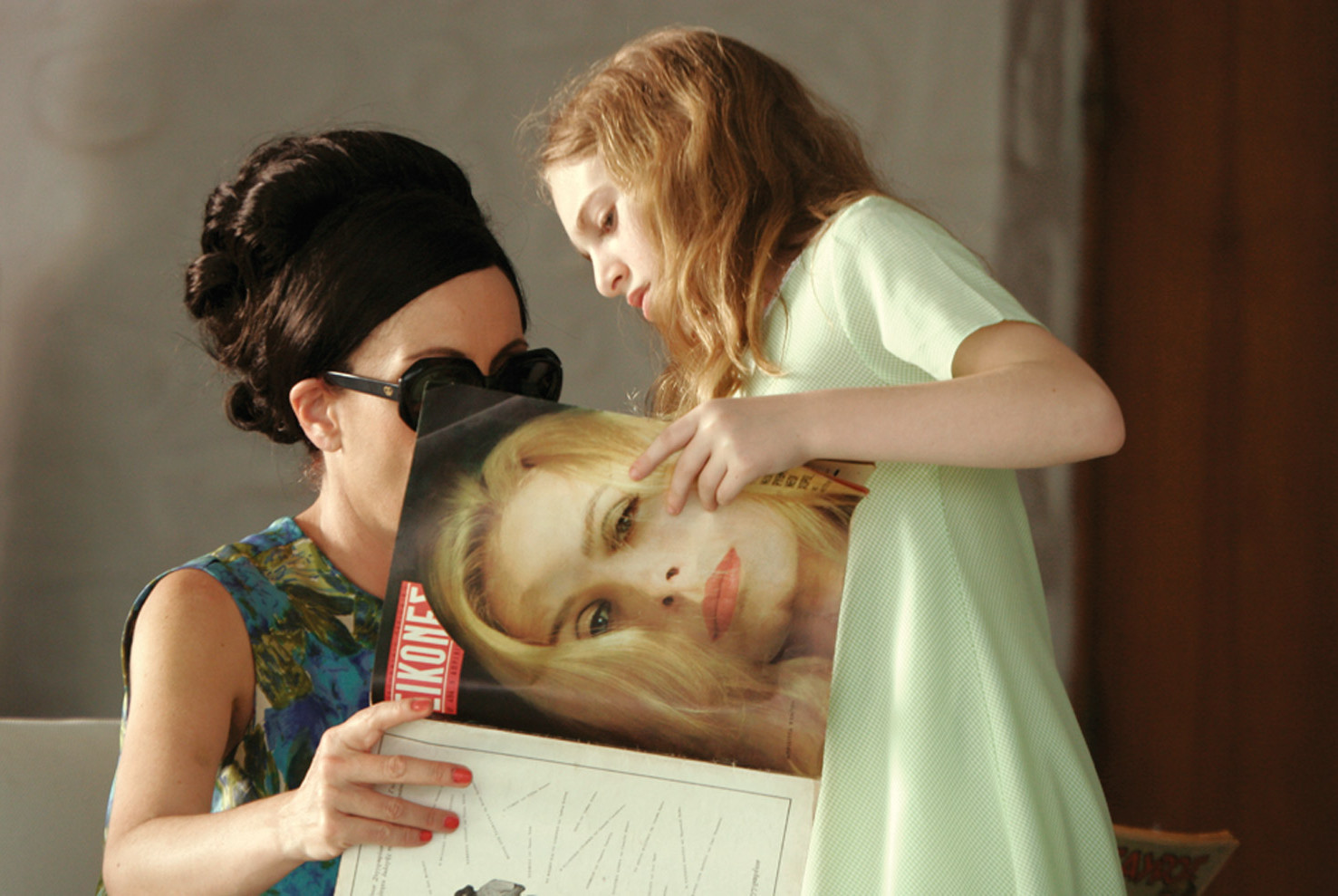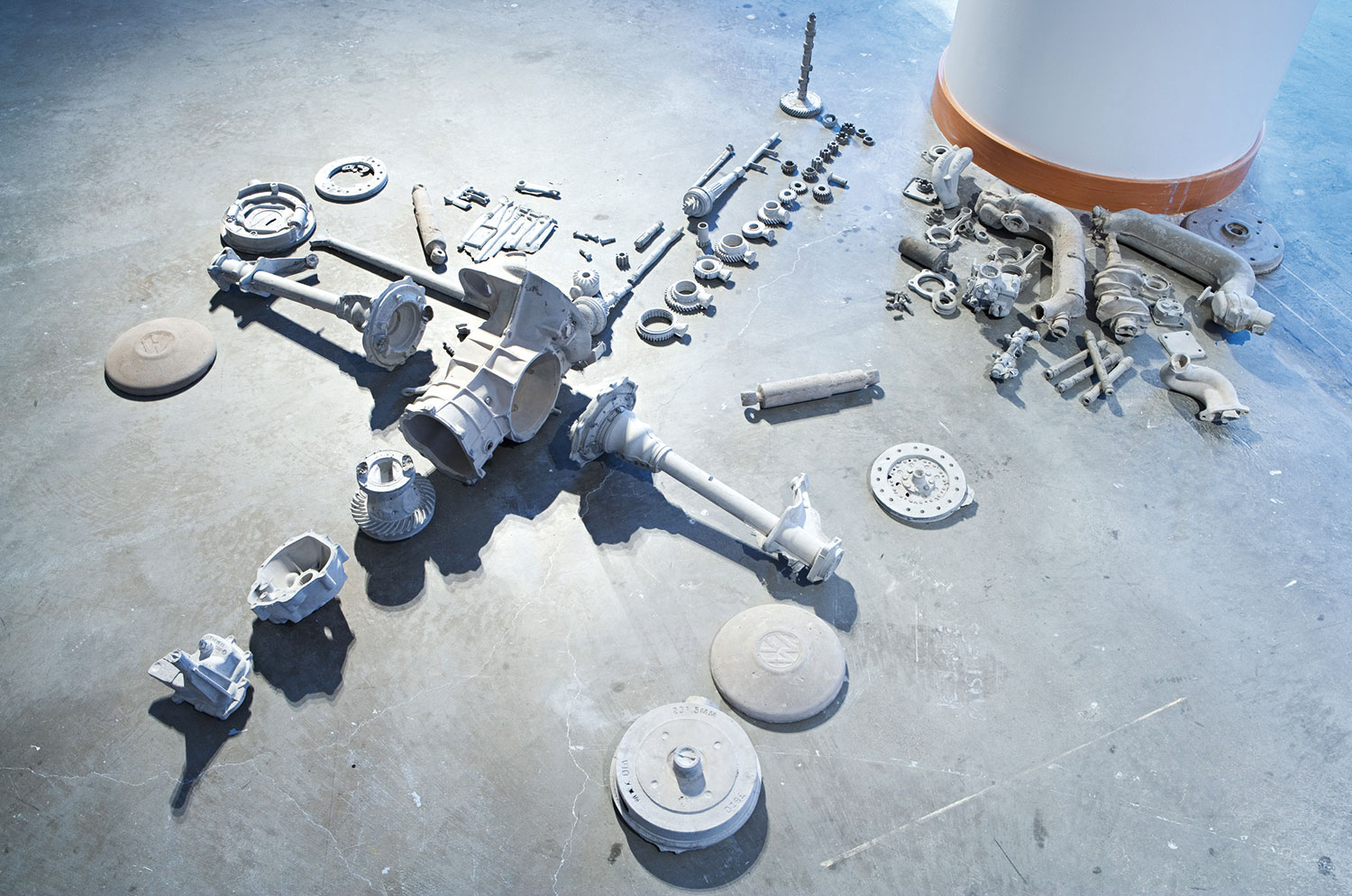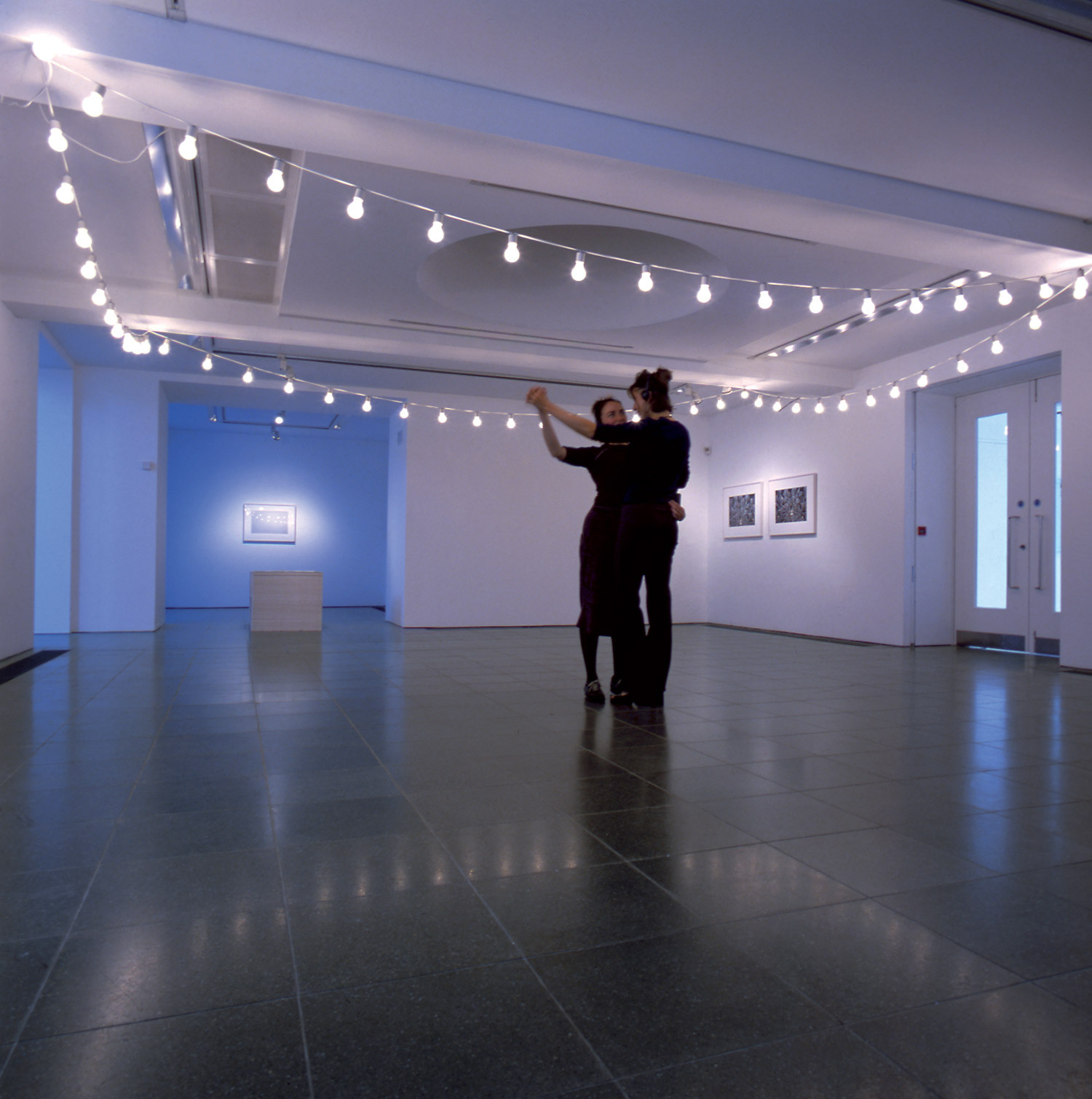
Mapping the visual arts landscape of the City of Angels is a wild ride into an entrepreneurial heaven. Because the city is so big, this can give fits to persons from cities used to the notion of an urban ‘center.’ Yet the horizontal of the L.A. city environment is its greatest asset. Centralization creates vertical social and class hierarchies, less receptive to flexibility and change. In the quintessential American city that mixes high and low cultures, youthfulness and indifference to history, Los Angelinos make their own rules. With comparatively afford- able real estate, hedonistic pleasure and a heady multicultural mix of ‘sunshine and noir,’ L.A. is a laboratory for creative juices.
One crucial distinction is that Los Angeles is the world center for digital and media technology. The film business is omnipresent and the new avatars of the visual arts are gravitating to the innumerable animation and visual effects houses. The tip of the iceberg can be discovered at offbeat places like the L.A. Center for Digital Art who recently showed David Em in an exhibition called “Synapse.” Em is one of the unsung art heroes in L.A., central to the seminal digital art community which has transformed the way art is made. Em was among the first in the world to use computers in the art-making process, and literally had to ‘invent the color green’ in computer code. This group of ‘digilantes’ is better known to the SIGGRAPH crowd than they are to museums.
Animation and cartooning is at the heart of the Los Angeles experience. A significant exhibition is at two of the major museums, and is indicative of low and high merging and informing major thought streams in contemporary art. “Masters of American Comics” is exhibiting simultaneously at UCLA Hammer Museum and MOCA. The work of Chris Ware, Gary Panter and Art Spiegelman is some of the best drawing and imaginative narrative art made in the U.S. in the past century. Meanwhile, MOCA’s consistently interesting curator Alma Ruiz has teamed up with the Gallery at REDCAT director Eungie Joo to present Damián Ortega in both venues. Over at the Los Angeles County Museum of Art, Gajin Fujita is an L.A. multicultural wiz kid of a painter, now on display in the project room, while the visionary Robert Sain, director of LACMALab, organizes projects which defy the notion that museums are academic and bloodless.
Grazing through the arts and culture food chain, the outsider has to move laterally through the avalanche of activities like a noir stream of consciousness. A concentration of art colleges annually coughs up a horde of young artists from Otis College, CalArts, UCLA and the University of Southern California. Dealers are flocking to L.A. to make their seasonal discoveries of fresh talent for the consumer market. Colleges try to get artists ready for some kind of career, so gallery representation is hard to resist if you are a graduate student being offered a show at the local hot gallery. The rest are drawn to collectives and guerilla efforts and are not sitting around waiting for commercial validation to make or show their work. Pharmaka Gallery is a staple of the downtown scene, focused on painting and finding its place in the critical dialogues swirling around this never ending activity. Things get lively at Create: Fixate, a rolling feast of wall art, DJs and live art that happens every month or two at the Spring Art Tower. Create: Fixate is an organization dedicated to supporting emerging artists by providing them opportunities to exhibit and sell their art.
Another traveling show is “Cannibal Flower,” run by working artists. They hold huge group shows that are a fabulous conflation of fashion, music, design, media and good old-fashioned visual arts. Anyone arriving in L.A. wanting to have fun and break in should give these folks a holler. “Cannibal Flower” has popped up in edgy venues like the brand new Think Space Gallery in Hollywood; Hanger 1018 downtown; Anomaly Studios in Pasadena and L Salon in mid-L.A.; and the newly located Copro Nason Gallery.

A truly interesting effort is Selah Artistic Giving Center, whose mission is to empower artists through the dynamic relationship between art, business and charity. Their gallery space in downtown L.A. has hosted many openings and events that serve as benefits for homelessness and hunger, Iraqi artist collectives and poor African villages. They host FAB market for fashionistas and collaborate with SCI-arc to premiere inflatable designs. They occasion- ally work with the Pandemonium Collective, who just promoted a Halloween extrav- aganza of art and durational performance at the 18th Street Arts Center in Santa Monica.
Real estate determines what galleries are hot, and who and what they can show and sell. Galleries tend to cluster, whether in Chinatown, Santa Monica’s Bergamot Station, the mid-Wilshire area, or the new Culver City district. There are too many to begin to mention, and there are dozens of world class galleries holding forth all over the vast expanse of Los Angeles.
Santa Monica has excellent galleries like Christopher Grimes, Rosamund Felsen, and Berman/Turner Projects, and is anchored by Bergamot Station, a complex of galleries including the Santa Monica Museum of Art. Opening there in January is a large group show by guest curator Joshua Decter titled “Dark Places” featuring seventyfive international artists that work with the imagery of crime and violence generated by the urban environment. Mark Moore Gallery has a new director, Max Presneill, who moved over from downtown’s edgy Raid Projects, known for debuting an international cast of artists. Raid is housed at the Brewery Complex, a huge concentration of art studios and project rooms in an old warehouse off the downtown center.
A quick trip over the Internet with Google will turn up great mid-Wilshire galleries like ACME or Chinatown stalwarts like Peres Projects. Each area is a destination, with a cluster of galleries that run from the developmental, funky level, to the middle-class aspiring professional. And of course the gold standard of it all is Gagosian Gallery in Beverly Hills. Now a world wide force of nature, Larry Gagosian began 30 years ago in Los Angeles selling prints and posters. He is one of ours.
But the buzz right now is about Culver City, an urban area east of Santa Monica
going through urban renewal and becoming the hot destination. Susanne Vielmetter shows an eclectic group of art-fair-worthy artists, including Edgar Arceneaux, who represents L.A.’s newest generation. Newcomer d.e.n. contemporary art is a first-time effort for the owners, who are showing Tim Forcum, an L.A. painter who understands the levels and layers of the urban architecture we have to navigate on a daily basis. Lizabeth Oliveria has a terrific lineup, and is holding forth with Stella Lai, a Chinese born artist in her L.A. debut show.
Los Angeles, being an artists’ city, has tens of thousands of artists working in the visual arts, media, performance/durational/installation hybrids, music, sound, spoken word, poetry, theater, dance, you name it. Whether you will hear of them depends on knowing the venues that support a healthy portion of this burgeoning crowd of creative persons. It is a competitive yet still congenial environment, where commerce is in perspective, and the making and dreaming of art remains in the foreground. City of angels, city of delight.





